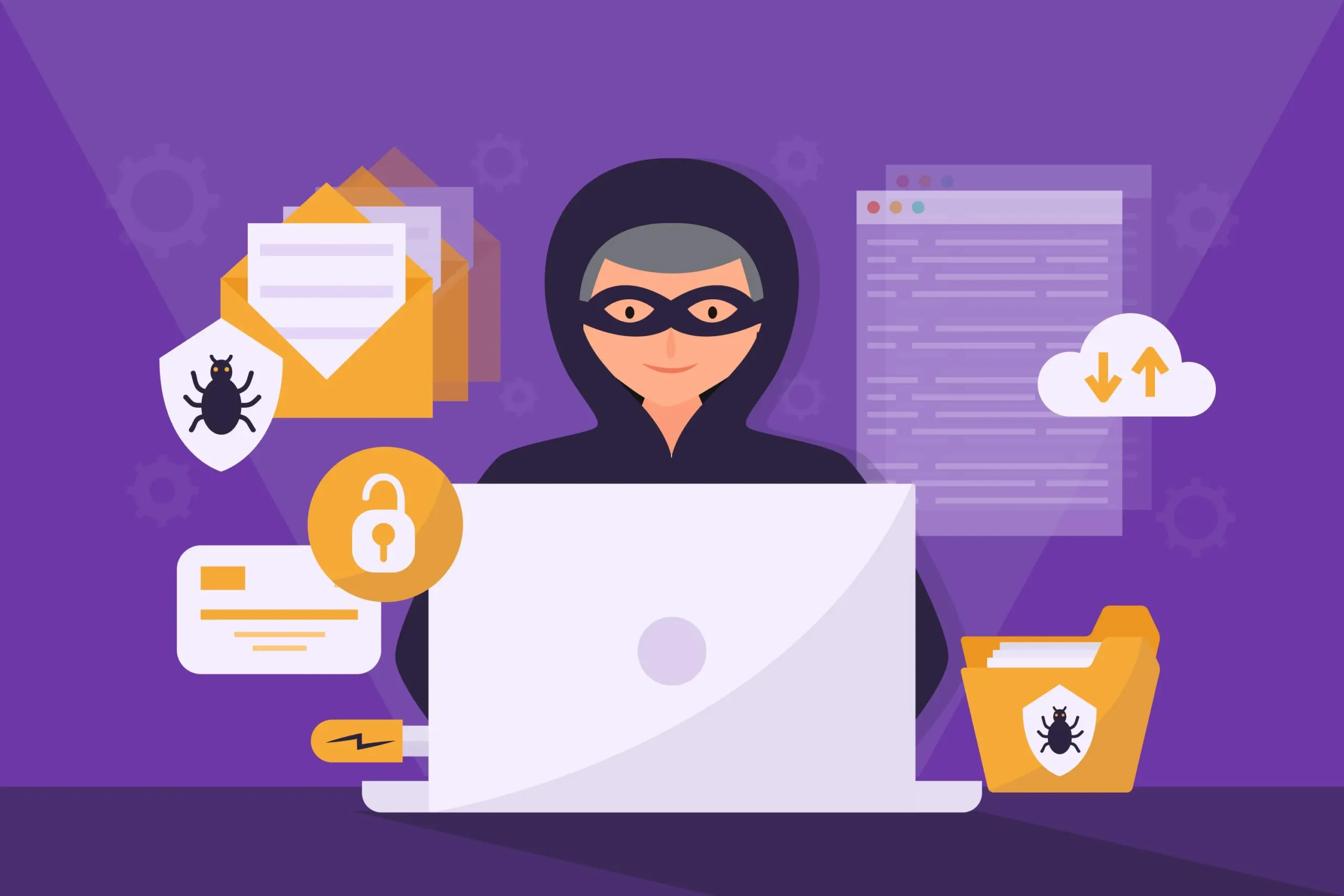What is Mimikatz?
Mimikatz-Centric Timeline Snippet (Known as Mimikatz) is a tool created by French developer Benjamin Delpy in 2007. It was originally made to help people understand how Windows computers store and manage passwords. But over time, the tool became widely used by both ethical hackers (the good guys) and cybercriminals (the bad guys). Mimikatz can pull saved passwords and secrets out of memory, letting attackers access computers without even knowing your password.
Why did Benjamin Delpy create Mimikatz?
He wanted to prove a point: that Windows wasn’t handling user passwords securely. He found that Windows saved passwords in memory in a way that could be stolen. So, he created Mimikatz to show how easy it was to take them. It began as a proof-of-concept, but others quickly saw how powerful it could be.
How did Mimikatz become so popular?
At first, only researchers and ethical hackers used it. But in 2011, Mimikatz was used in a real cyberattack—the DigiNotar hack—which led to major damage and even the company’s shutdown. After Delpy made it open-source in 2012, it spread fast. Hackers, red teams, and cybersecurity professionals all started using it to test (or break into) systems.
How has Mimikatz evolved over time?
Let’s walk through its journey in a simple timeline:
🗓️ Mimikatz-Centric Timeline Snippet
| Year | Key Moment | Description |
|---|---|---|
| 2007 | Development Begins | Created to test Windows password storage |
| 2011 | Public Release | Used in DigiNotar hack |
| 2012 | Open Source | Freely available to everyone |
| 2013 | Microsoft Responds | Added option to disable WDigest |
| 2014 | Advanced Attacks | Added Golden Ticket, Pass-the-Hash |
| 2017 | Global Ransomware | Used in WannaCry, NotPetya, BadRabbit |
| 2018–2020 | State Attacks | Used by government hackers (APTs) |
| 2021–2024 | Still Evolving | Adapts to new Windows defenses |
| 2025 | Still Active | Used in red teaming and real-world threats |
What does Mimikatz actually do on a computer?
Mimikatz targets the part of Windows that stores your login information, called LSASS (Local Security Authority Subsystem Service). It pulls out:
- Plain-text passwords
- Password hashes
- Kerberos tickets
- Security tokens
This allows attackers to log in without knowing your actual password. It can even let them move to other computers on the same network.
Why is Mimikatz used in cybercrime?
Cybercriminals use Mimikatz because it’s fast, free, and powerful. Once they break into a system, they use it to get credentials and spread deeper into a company’s network. It’s especially dangerous because:
- It often runs entirely in memory, leaving no files behind.
- It can bypass many antivirus programs.
- It works on many versions of Windows, even today.
Has Mimikatz been used in major attacks?
Yes, Mimikatz has been used in several big cyberattacks:
- DigiNotar (2011): Led to collapse of a major security company.
- WannaCry (2017): Ransomware that hit hospitals and banks.
- NotPetya (2017): Cyberattack that caused billions in damages.
- BadRabbit (2017): Aimed at media and transportation systems.
- Multiple APTs (2018–2024): Government-backed hacker groups used it to steal information and spy.
Is Mimikatz still dangerous in 2025?
Yes. Despite years of updates from Microsoft, Mimikatz continues to work—especially on older or misconfigured systems. Attackers keep finding new ways to use it, and the tool is regularly updated to bypass new protections.
How can organizations protect themselves against Mimikatz?
There are several smart ways to defend against it:
- Disable WDigest – Stops storage of plain-text passwords.
- Enable Credential Guard – Adds extra protection to stored credentials.
- Use Least Privilege – Only give admin access to people who absolutely need it.
- Monitor LSASS Access – Flag unusual activity from tools trying to read memory.
- Patch and Update Systems – Close the security holes Mimikatz relies on.
- Use EDR/XDR Tools – These advanced tools can detect suspicious behavior.
Why is Mimikatz still used by ethical hackers?
Good hackers (often called red teams or penetration testers) use Mimikatz to test systems before real attackers can get to them. It helps companies see what weaknesses they have and fix them. Think of it as a security fire drill.
Conclusion
Mimikatz is one of the most famous—and most feared—tools in cybersecurity history. It began as a helpful tool to raise awareness about password safety but quickly became a major player in global cyberattacks.
Knowing how Mimikatz-Centric Timeline Snippet works, where it came from, and how it’s used helps individuals, businesses, and governments prepare for modern threats. The best defense? Stay informed, stay updated, and always use strong security practices.
Frequently Asked Questions (FAQs)
Is Mimikatz illegal?
No, Mimikatz is not illegal to download or use for testing in authorized environments. But using it to hack into systems without permission is definitely illegal.
Can antivirus software detect Mimikatz?
Sometimes. But Mimikatz often runs in memory and changes frequently. That makes it harder for traditional antivirus tools to catch. That’s why modern defenses like EDR (Endpoint Detection and Response) are more effective.
What’s the difference between Mimikatz and a virus?
A virus spreads on its own and damages systems. Mimikatz doesn’t do that. It’s a tool. It only works when someone runs it. That means the danger comes from the person using it, not the tool itself.
Who maintains Mimikatz today?
Benjamin Delpy still actively updates the tool. He shares his work on GitHub and social media. His goal is to help improve security by showing weaknesses, not creating them
Is Mimikatz still a threat in 2025?
Yes. Even with better Windows defenses, Mimikatz remains useful for attackers. It still works in many places, especially where systems are outdated or poorly secured.
Crypto analyst & strategist. 10+ yrs in blockchain. Ex-top 5 exchange lead. DeFi & Web3 specialist. Cited in CoinDesk, Bloomberg. ETH Zurich grad.








https://fintechzoom.be/casio/